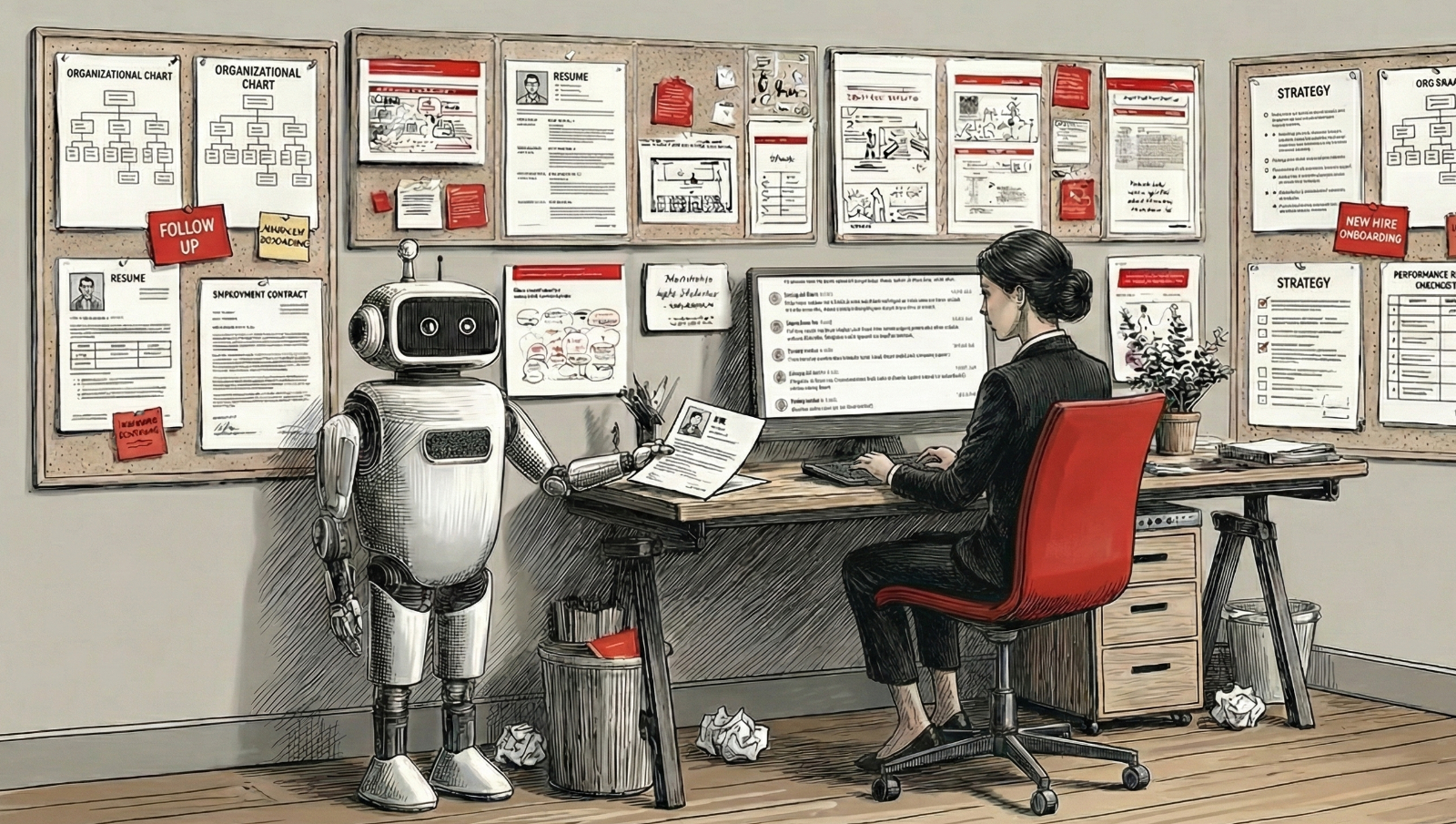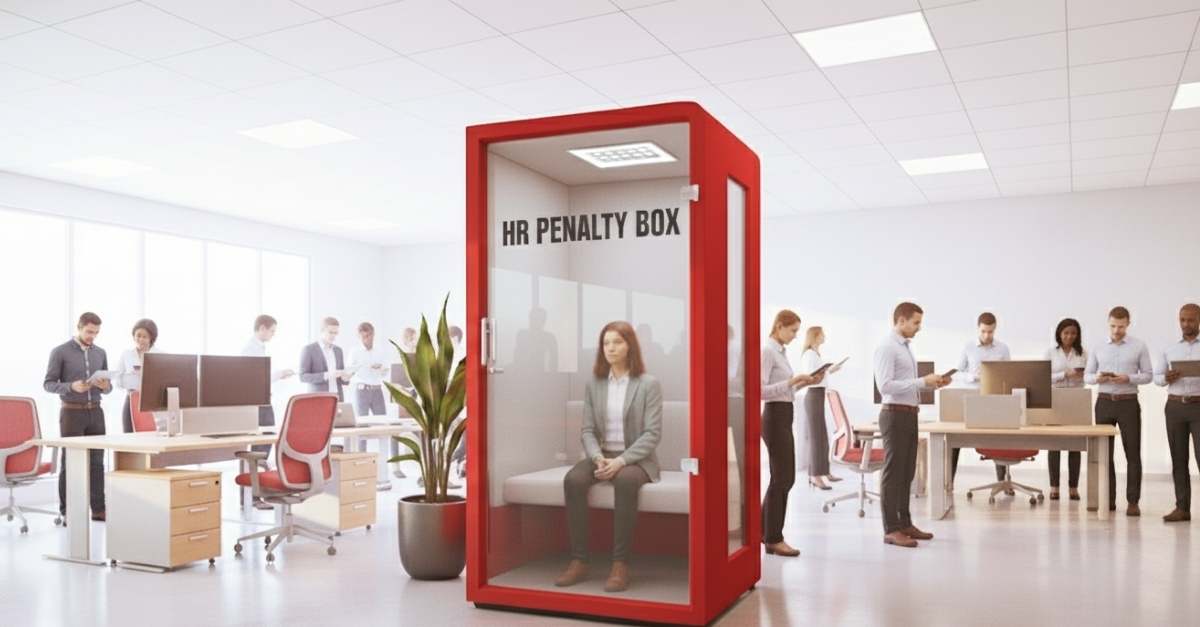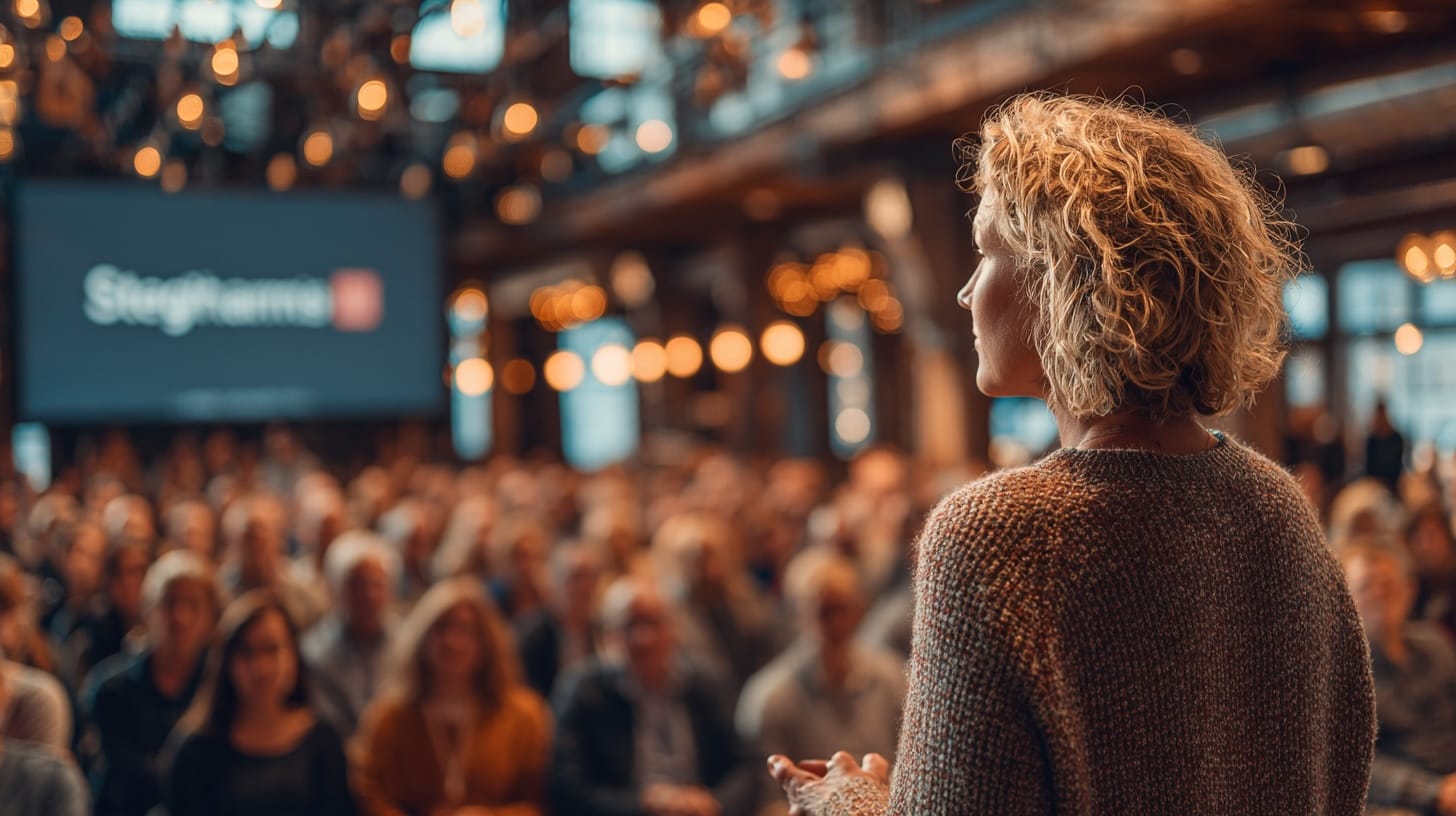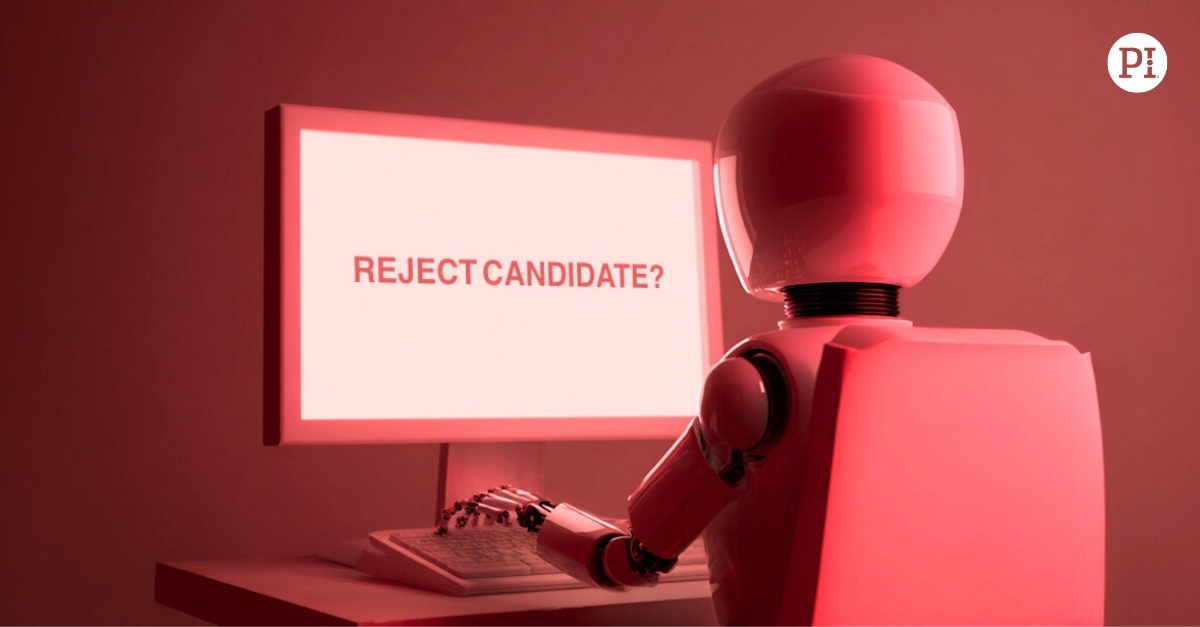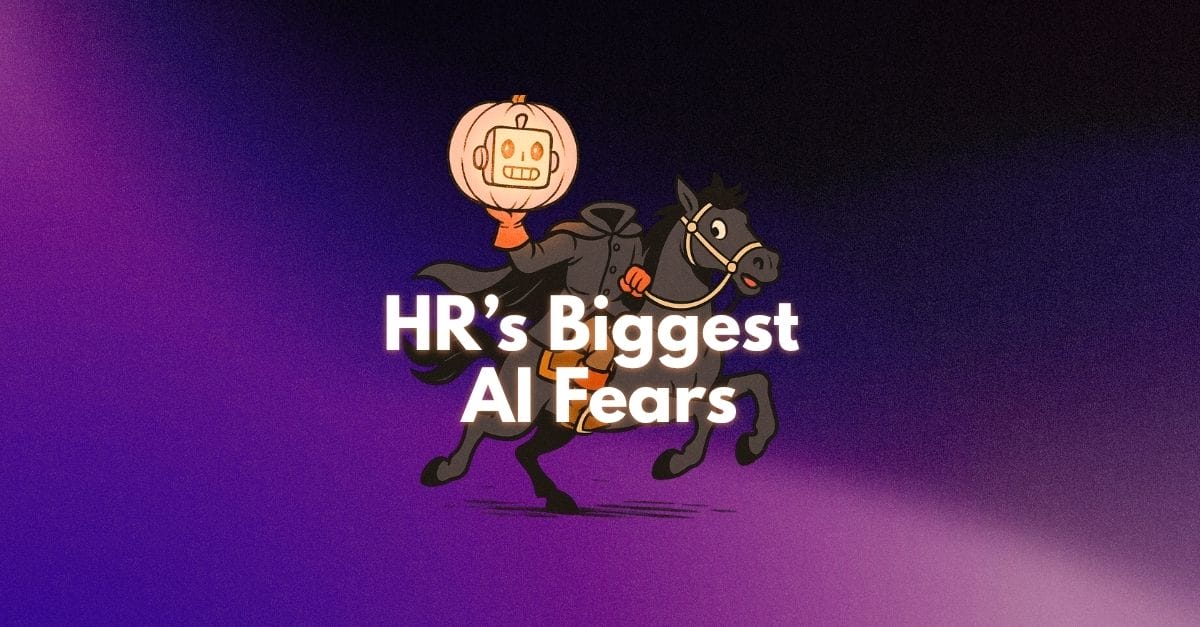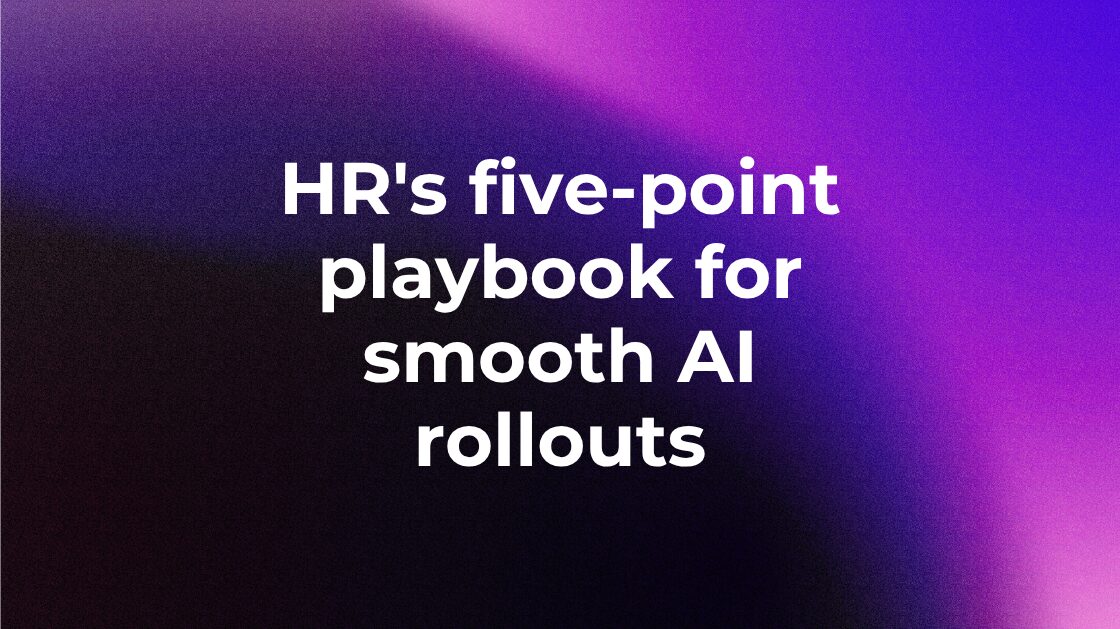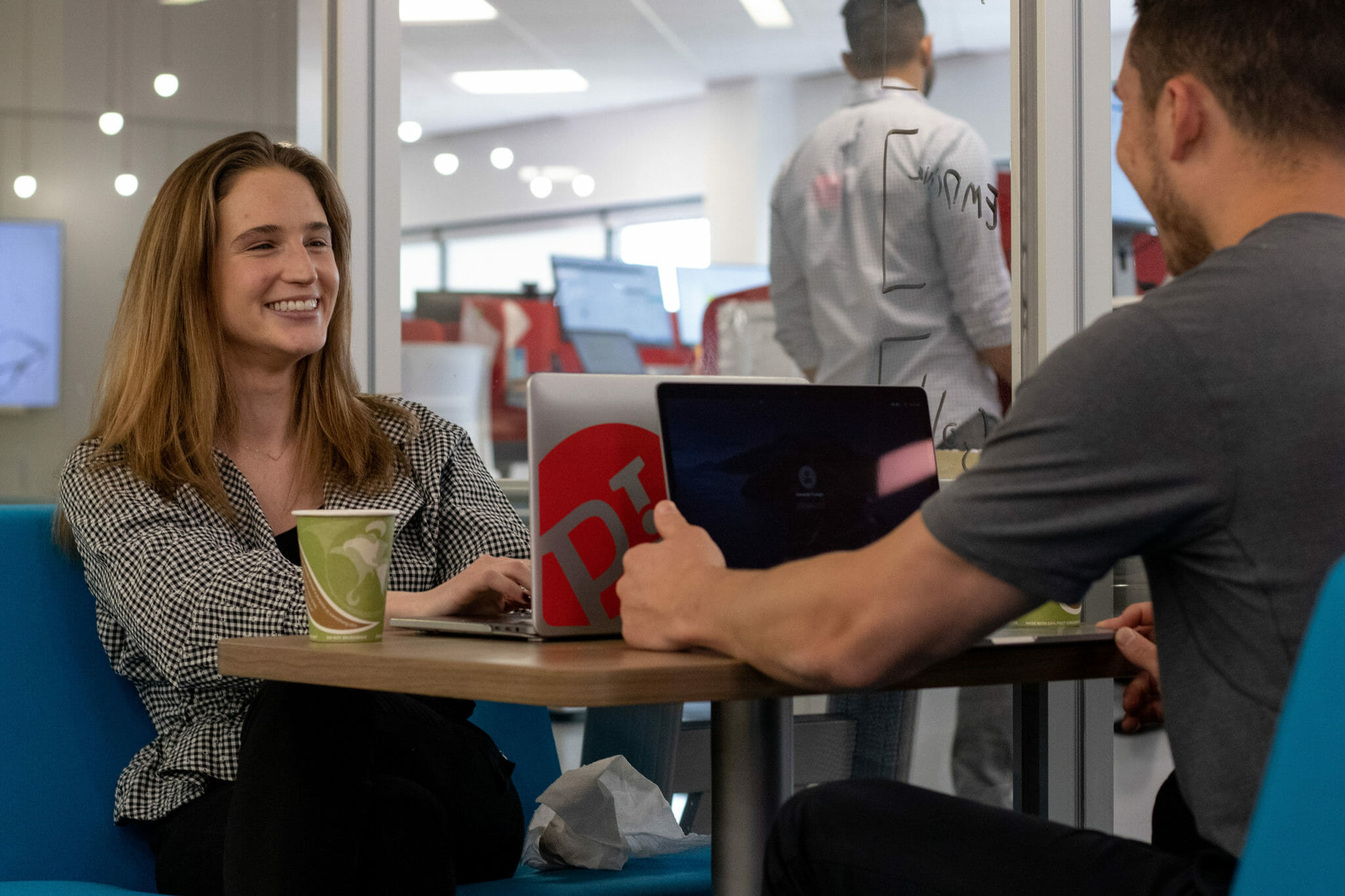By Elsbeth McSorley
Stop the ghostly feel of your office and increase employee engagement with these tips
Things are feeling spooky at work lately. Middle management is snapping like werewolves because of uncomfortable swivel chairs that are far from ergonomic. A ghostly pallor emanates from the uninspiring white walls and sea of white collared shirts, and has effectively given most of your staff the temperament of zombies. The break room resembles a graveyard for dishes and snacks that have been festering in the sink since True Blood went off the air.
If your workplace is feeling like one big haunted house because the environment is miserable, and morale and productivity are low, you need to turn those low-output employees into motivated, happy people who care about what they’re doing. Unhappy workers are 10% less productive than workers who feel neutral about their jobs, while happy employees are 12% more productive than the latter. Relationships and how you treat your employees are keys to employee happiness, but so is the actual place they work in. A depressing environment that makes your employees feel like they’re in the office equivalent of a haunted mansion isn’t going to bode well for productivity. Here are some ways that you can change up your workplace’s environment so it doesn’t feel like a haunted dungeon that people can’t wait to escape.
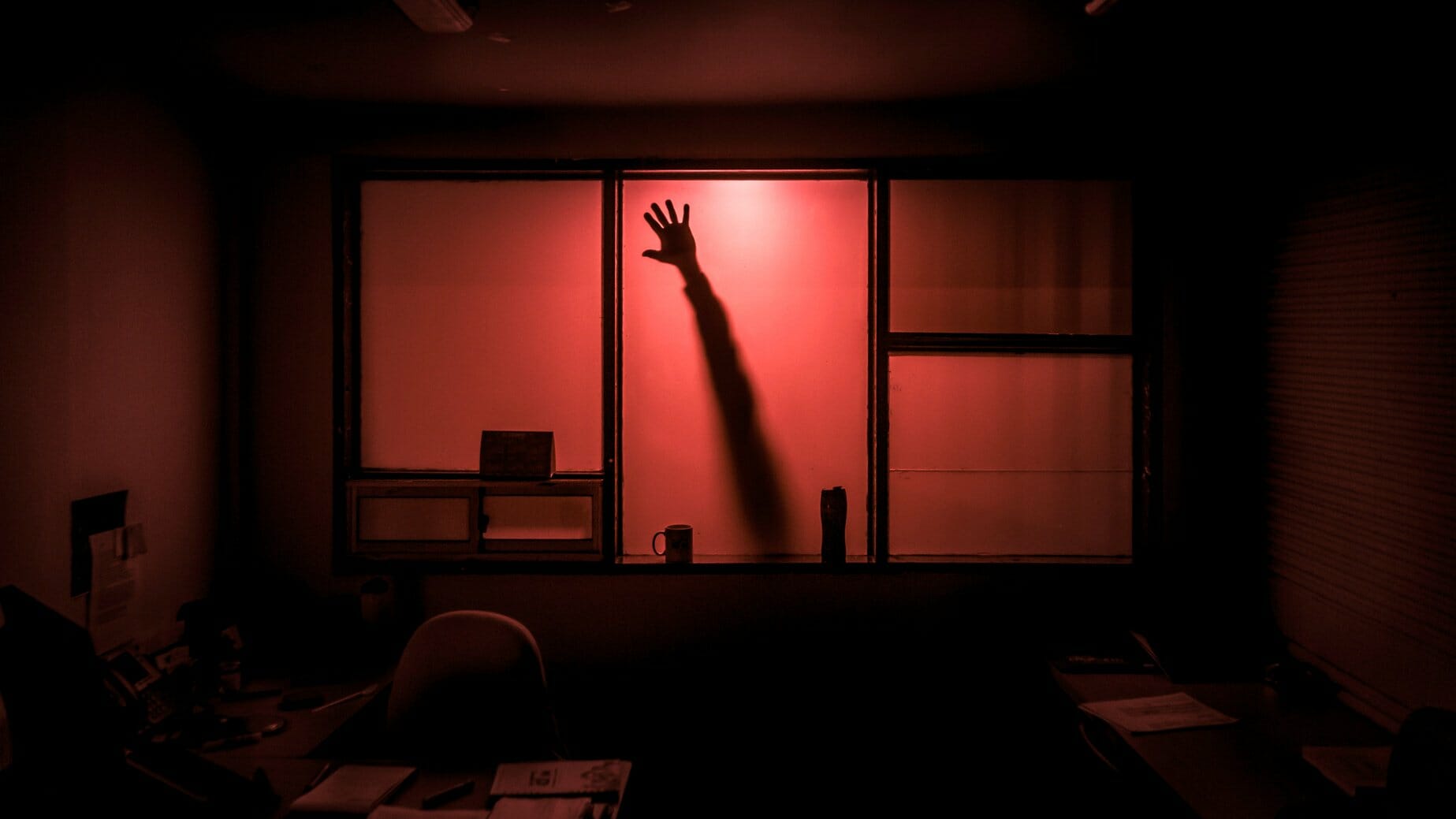
1. Put up decorations and paint walls different colors to evoke emotions and provide a breath of fresh air over plain white. The psychology and neuroscience of color is a fairly young field, but research has shown that people react to colors and it has an effect on their mood. Consider painting a wall or two accents of green, as it evokes tranquility, is associated with good luck, and has been shown to improve reading ability and relieve stress. Orange exudes warmth and enthusiasm, which could provide the pep a zombie-fied workforce needs. Get some furniture that fits your brand and add some interesting and colorful decorations that could be the pick-me-up everyone needs. Even a little pop of color can drum up a smile.
Join 10,000 companies solving the most complex people problems with PI.
2. Avoid open office plans if possible or don’t neglect to have private and quiet areas in open office plans. There are many pros and cons to open office plans, one of the biggest cons being the constant noise and distractions. It has been scientifically proven that constant distractions, like the kind frequently found in open office plans, make it hard for even routine multitaskers to recover. It’s also all too easy for even your star employee with the nicest disposition to suddenly turn vampire-like when they get tired of having to listen to their desk mate laugh at videos or eat loudly. What’s even scarier is that open office plans mean employees are 62% more likely to take sick days than those with private areas and/or the option to work from home.
 3. Have a break room that encourages healthy breaks. Taking frequent breaks used to be a herald of laziness, but allowing employees to disconnect for a little bit and socialize or stretch out in comfort can prevent losing up to $15,000 per year in productivity. Offer healthy snacks that improve focus like fresh fruit, veggies, and nuts as well as coffee and tea instead of processed baked goods like donuts. The break room should be a relaxing space that reduces blood pressure and doesn’t feel morbid; put in comfortable furniture with no harsh materials or colors.
3. Have a break room that encourages healthy breaks. Taking frequent breaks used to be a herald of laziness, but allowing employees to disconnect for a little bit and socialize or stretch out in comfort can prevent losing up to $15,000 per year in productivity. Offer healthy snacks that improve focus like fresh fruit, veggies, and nuts as well as coffee and tea instead of processed baked goods like donuts. The break room should be a relaxing space that reduces blood pressure and doesn’t feel morbid; put in comfortable furniture with no harsh materials or colors.
Save the haunted house vibe for Halloween. On a daily basis, an office should evoke inspiration and motivation for your employees, and act as a comfortable arena where they can share ideas, form relationships, and create their best work.
